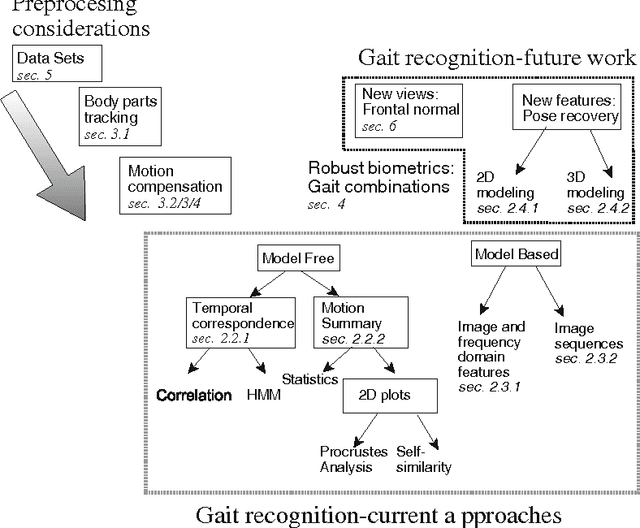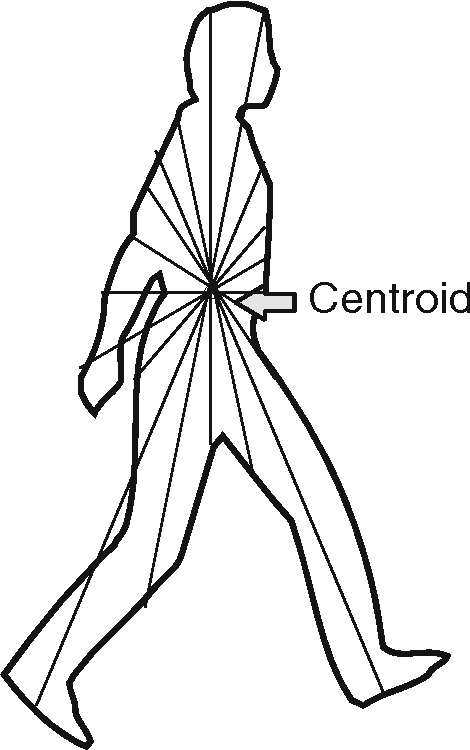Tracey K. M. Lee
Fidelitous Augmentation of Human Accelerometric Data for Deep Learning
Apr 22, 2024Abstract:Time series (TS) data have consistently been in short supply, yet their demand remains high for training systems in prediction, modeling, classification, and various other applications. Synthesis can serve to expand the sample population, yet it is crucial to maintain the statistical characteristics between the synthesized and the original TS : this ensures consistent sampling of data for both training and testing purposes. However the time domain features of the data may not be maintained. This motivates for our work, the objective which is to preserve the following features in a synthesized TS: its fundamental statistical characteristics and important time domain features like its general shape and prominent transients. In a novel way, we first isolate important TS features into various components using a spectrogram and singular spectrum analysis. The residual signal is then randomized in a way that preserves its statistical properties. These components are then recombined for the synthetic time series. Using accelerometer data in a clinical setting, we use statistical and shape measures to compare our method to others. We show it has higher fidelity to the original signal features, has good diversity and performs better data classification in a deep learning application.
Vision-based techniques for gait recognition
Apr 30, 2020



Abstract:Global security concerns have raised a proliferation of video surveillance devices. Intelligent surveillance systems seek to discover possible threats automatically and raise alerts. Being able to identify the surveyed object can help determine its threat level. The current generation of devices provide digital video data to be analysed for time varying features to assist in the identification process. Commonly, people queue up to access a facility and approach a video camera in full frontal view. In this environment, a variety of biometrics are available - for example, gait which includes temporal features like stride period. Gait can be measured unobtrusively at a distance. The video data will also include face features, which are short-range biometrics. In this way, one can combine biometrics naturally using one set of data. In this paper we survey current techniques of gait recognition and modelling with the environment in which the research was conducted. We also discuss in detail the issues arising from deriving gait data, such as perspective and occlusion effects, together with the associated computer vision challenges of reliable tracking of human movement. Then, after highlighting these issues and challenges related to gait processing, we proceed to discuss the frameworks combining gait with other biometrics. We then provide motivations for a novel paradigm in biometrics-based human recognition, i.e. the use of the fronto-normal view of gait as a far-range biometrics combined with biometrics operating at a near distance.
 Add to Chrome
Add to Chrome Add to Firefox
Add to Firefox Add to Edge
Add to Edge